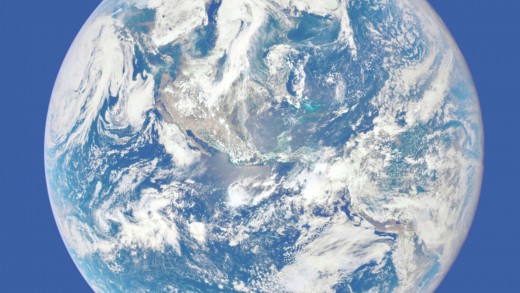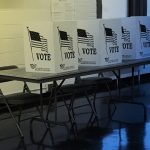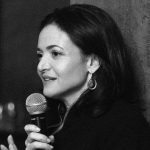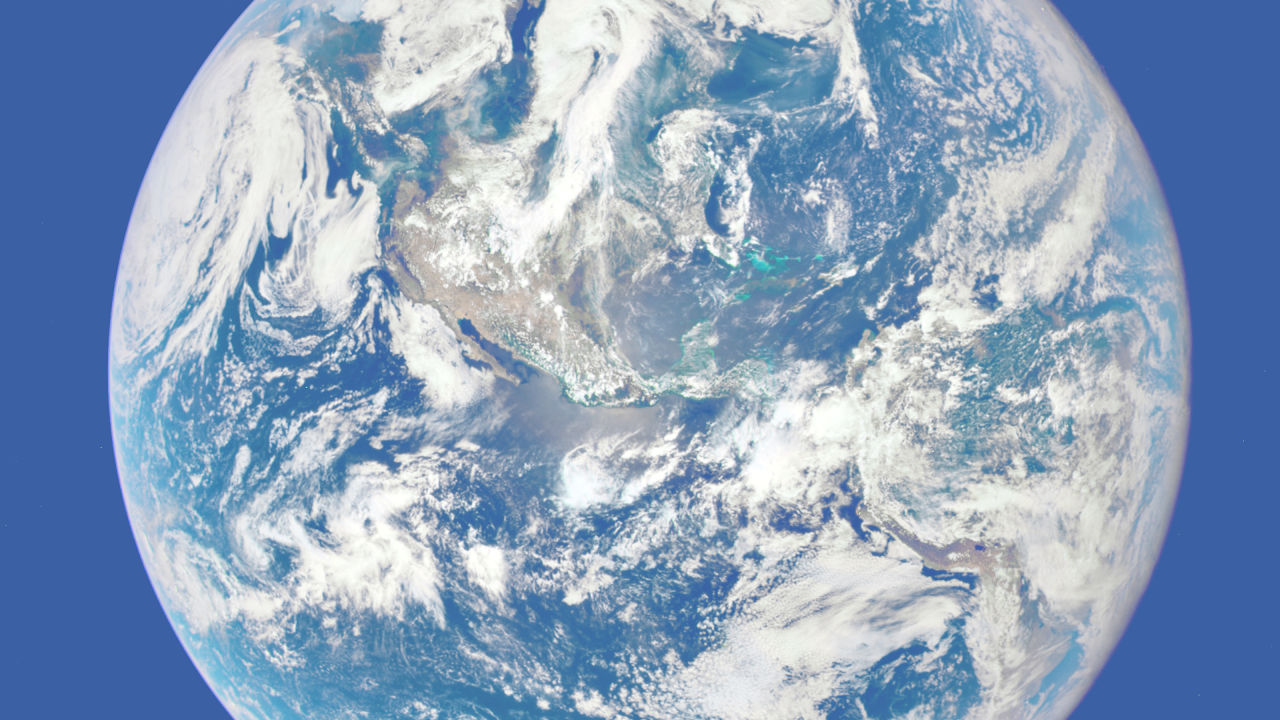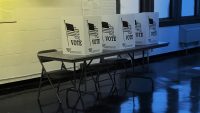facebook Says It Has Created essentially the most correct inhabitants Density fashions Ever
Leveraging in-home information science, computer learning, and synthetic intelligence expertise, fb has give you what it says are probably the most correct and scalable inhabitants density fashions ever assembled.
The work, introduced these days in conjunction with mobile World Congress in Barcelona, Spain, was ostensibly inspired through facebook’s need to have in mind how best possible to install satellites, the corporate’s massive sun-powered Aquila drones, and terrestrial networks in an effort to most efficiently present low-cost web connectivity in the developing world.
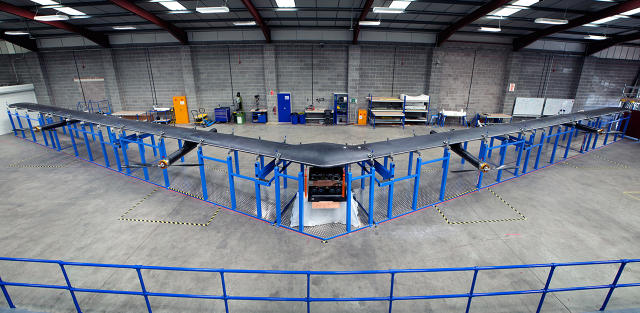
“the basis of this stems from being able to have accurate models of the place folks on this planet are,” Yael Maguire, who oversees fb’s Connectivity Lab, advised fast firm. “the info that (already existed) was once quite inadequate to construct enough fashions for where” drones, satellites, and different assets can be deployed.
As a part of the challenge, Maguire’s staff on the Connectivity Lab took billions of satellite images and utilized pc imaginative and prescient tactics to them, not directly selecting buildings and different infrastructure “as a proxy for where people are living,” fb scientists Tobias Tiecke and Andi Gros wrote in a weblog post. “We then blended our results with present census counts and created a inhabitants dataset with 5-meter resolution” for 20 international locations.
these international locations are Algeria, Burkina Faso, Cameroon, Egypt, Ethiopia, Ghana, India, Ivory Coast, Kenya, Madagascar, Mexico, Mozambique, Nigeria, South Africa, Sri Lanka, Tanzania, Turkey, Uganda, Ukraine, and Uzbekistan.
The “crazy idea,” as Maguire put it, was once to train fb’s laptop studying machine to acknowledge things like houses and different man-made structures and interpret them as evidence of inhabitants. That’s a far totally different job than what the corporate’s picture-reputation instruments had been constructed for—recognizing people, pets, and the opposite kinds of picture subjects facebook users regularly add.
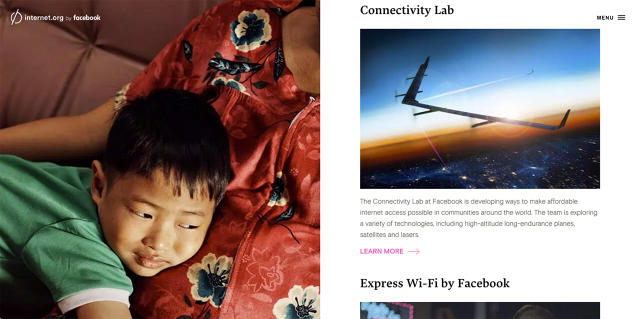
indirectly, the Connectivity Lab’s algorithms analyzed 14.6 billion pictures and 21.6 million sq. kilometers of images in order to build the inhabitants density version. Maguire mentioned the issue of developing with data at a resolution of 5 meters when the cutting-edge has been 1 kilometer decision.
whereas fb wished this data with a view to best possible position its satellite tv for pc, drone, and other property, it is aware of that there are many different institutions and organizations who could take advantage of it. That’s why the company is working with Columbia university’s center for international Earth Science knowledge community to make the data publicly to be had.
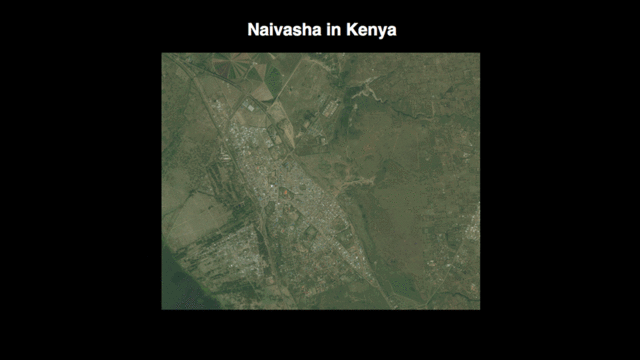
Maguire mentioned that among people who would possibly conceivably need access to the data are governments, mobile operators, researchers, and others.
The mission demonstrates the value of examining large volumes of satellite imagery, one industry expert stated.
“knowledge about human populations—whether farm output or population density—is expensive and gradual to acquire,” stated Mark Johnson, CEO of Descartes Labs, which analyzes satellite imagery for the agriculture trade. “probably the most thrilling thing about fb’s work is not just in regards to the population density of nowadays, however taking a look backwards to look tendencies and working this diagnosis as new, better satellite imagery is to be had.”
added Johnson, “i’m in point of fact excited that fb is releasing this information to the general public, which has possible to optimize humanitarian efforts across the globe. imagine a earlier than-and-after prognosis after a major disaster like a tsunami, in order that relief efforts can also be sent to the place they are wanted most.”
How Does Mark Zuckerberg Generate Innovation?
(52)

